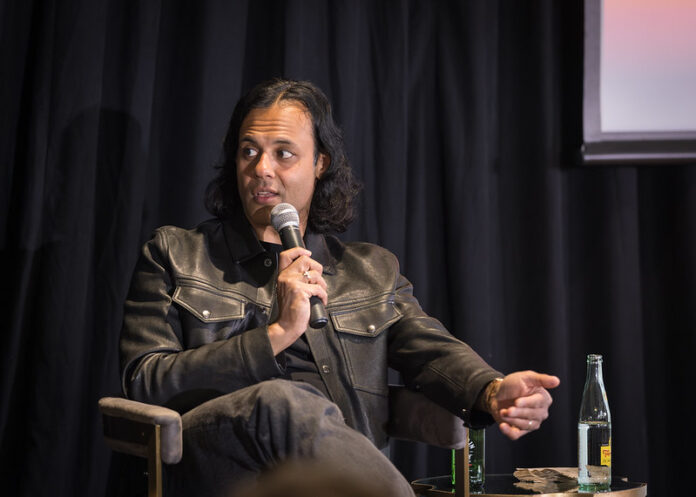Introduction to Aetherflux
When Baiju Bhatt stepped away from his role as Chief Creative Officer at Robinhood last year, only those close to him could have predicted his next move: launching a space company built around tech that the aerospace industry has largely dismissed, and which might be more groundbreaking than anyone realizes. Bhatt, who co-founded the trading app in 2013, five years after earning his master’s degree in mathematics at Stanford, has always been passionate about space. His new company, Aetherflux, has so far raised $60 million on its quest to prove that beaming solar power from space isn’t science fiction but a new chapter for both renewable energy and national defense.
The Inspiration Behind Aetherflux
Bhatt’s space ambitions date back to his childhood. His dad, who worked as an optometrist in India, spent a decade applying to graduate physics programs in the United States, eventually taking a hard left turn and landing at NASA as a research scientist. Bhatt says that his dad used reverse psychology on him, saying “When you grow up, I’m not going to tell you you should study physics,” which ultimately convinced him to pursue physics. Now, at roughly the same age his father was when he joined NASA, Bhatt is making his own move into space, seemingly with an eye toward creating even more impact than at Robinhood.
The Technology Behind Aetherflux
Traditional space solar power concepts have focused on massive geostationary satellites, using microwave transmission to beam energy to Earth. However, Bhatt’s solution is both far smaller and more nimble. Aetherflux’s satellites will use fiber lasers, essentially converting solar power back into focused light that can be precisely targeted at receivers on the ground. The idea is to launch a demonstration satellite in June of next year, which will test the feasibility of this technology.
National Security Applications
While Bhatt envisions eventually building “a true industrial-scale energy company,” he’s starting with national defense. The Department of Defense has approved funding for Aetherflux’s program, recognizing the military value of beaming power to forward bases without the logistical nightmare of transporting fuel. The precision Bhatt is promising is pretty remarkable, with an initial target of a laser spot “bigger than 10 meters diameter” on the ground, but he believes they can shrink it to “five to 10 meters, potentially even smaller than that.” These compact, lightweight receivers would be “of little to no strategic value if captured by an adversary” and “small enough and portable enough that you can literally bring them out into the battlefield.”
Overcoming Challenges
So why hasn’t someone already done what Aetherflux is attempting? Bhatt says that it’s the kind of overlooked opportunity that an outsider is well-positioned to seize. He draws inspiration from Elon Musk, who has proved that if you’re curious and willing to work hard, you can master multiple industries. However, unlike the iterate-fast mentality of companies like Robinhood, space hardware involves much higher stakes. You only get one shot when your satellite launches, and there’s no room for error.
The Road Ahead
Aetherflux has already hired a mix of physicists, mathematicians, and engineers from Lawrence Livermore Labs, Rivian, Cruise, and SpaceX, among other places, and Bhatt says the 25-person organization is still hiring. The plan is to launch a demonstration satellite precisely one year from now, which is basically around the corner. If Aetherflux succeeds, the implications extend far beyond military applications. Space-based solar power could provide baseload renewable energy, or solar power that works day and night, anywhere on Earth.
Conclusion
Bhatt has more than his reputation riding on what happens from here. He self-funded Aetherflux’s first $10 million, and he says he also contributed to a more recent $50 million round that was led by Index Ventures and Interlagos, and included Bill Gates’s Breakthrough Energy Ventures, Andreessen Horowitz, and NEA, among others. With a prototype for his approach in the form of GPS, which started as a DARPA project before becoming ubiquitous civilian infrastructure, Bhatt is confident that Aetherflux can make a significant impact in the world of renewable energy and national defense. Only time will tell if his vision will become a reality, but one thing is certain – Bhatt is taking a big swing with Aetherflux, and the potential rewards are enormous.

